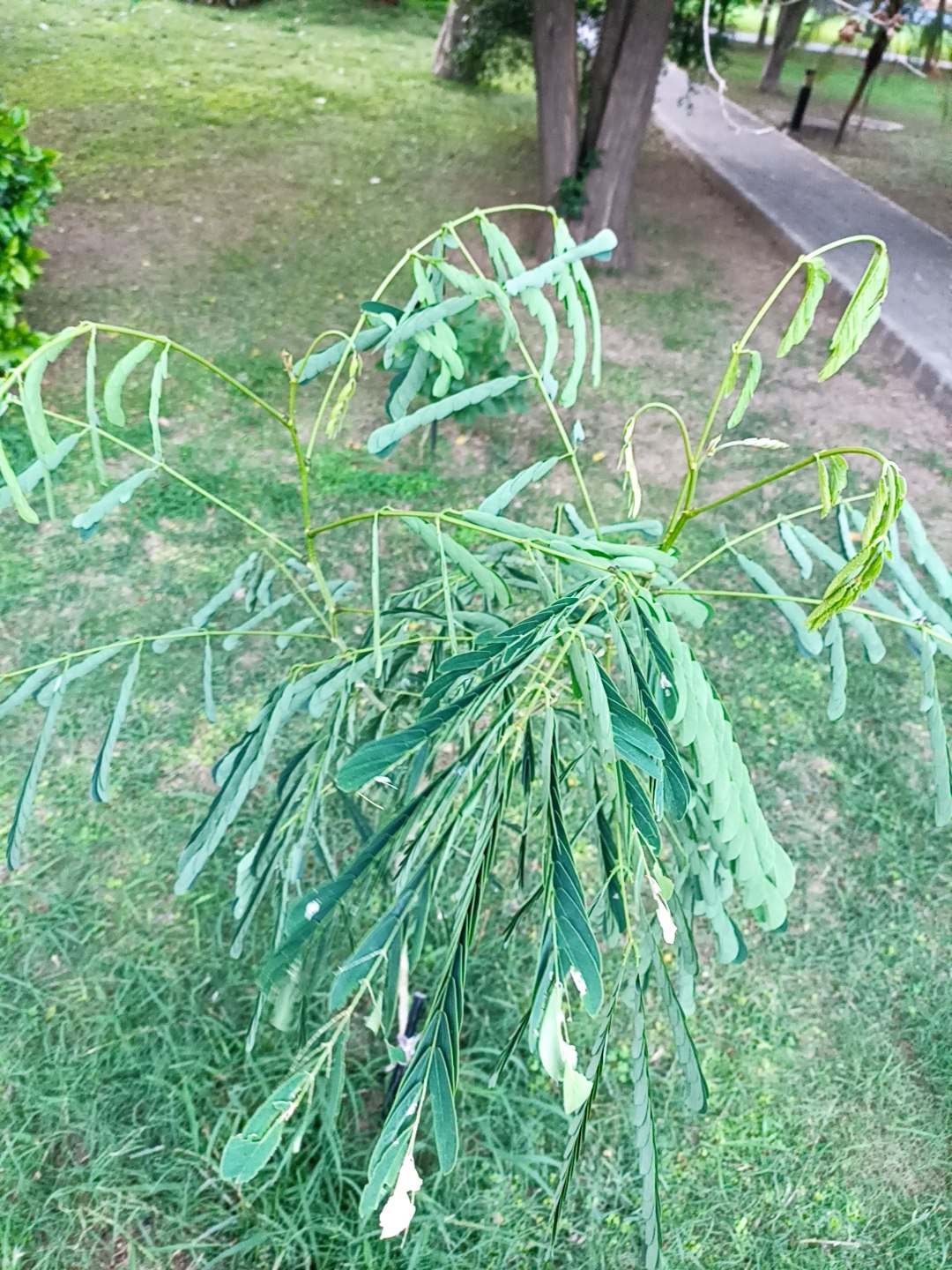Prosopis cineraria
Species
Families
Local Names
Genus
Native/Introduced
DNA Barcode
Description
Prosopis cineraria, also known as ghaf, is a species of flowering tree in the pea family, Fabaceae. It is native to arid portions of Western Asia and the Indian Subcontinent, including Afghanistan, Bahrain, Iran, India, Oman, Pakistan, Saudi Arabia, the United Arab Emirates and Yemen. Its leaves are shattered and stripy along its branch. It can survive extreme drought. It is an established introduced species in parts of Southeast Asia, including Indonesia.
The ʿGhaf is the national tree of the United Arab Emirates. Through the Give a Ghaf campaign its citizens are urged to plant it in their gardens to combat desertification and to preserve their country's heritage. The desert village of Nazwa in the UAE is home to the Al Ghaf Conservation Reserve.
Prosopis cineraria is also the state tree of Rajasthan (where it is known as Khejri), Western Uttar Pradesh (where it is known as Chhonkara) and Telangana (where it is known as Jammi) in India. A large and well-known example of the species is the Tree of Life in Bahrain – approximately 400 years old and growing in a desert devoid of any obvious sources of water.
In 1730 AD, the village of Khejarli near Jodhpur in Rajasthan was the scene of a violent environmental confrontation. Amrita Devi and her three young daughters gave their lives in an attempt to protect some Khejri trees which Maharaja Abhay Singh had ordered cut to make way for his new palace. This led to widespread defiance in which 363 people were killed trying to save the trees. In the 1970s, the memory of this sacrifice led to the start of the Chipko movement.
This tree is highly revered among Hindus and worshiped as part of Dusshera festival. This tree takes importance during the tenth day of the Dasara Festival, when it is celebrated in various parts of India. Historically, among the Rajputs, the ranas – who were the high priest and the king – used to conduct the worship and then to liberate a jay which was the sacred bird of Lord Rama . In the Deccan, as part of the tenth day ritual of Dussahera, the marathas used to shoot arrows onto the crown of the tree and gather the falling leaves into their turbans.
The tree is known by different names across the western and northern regions of India, e.g. Shami in Maharastra & Uttar Pradesh, Jammi in Telangana & Andhra Pradesh, Khijro in Gujarat, Khejri in Rajasthan, Janti in Haryana, and Jand in the Punjab.
In Karnataka, Acacia ferruginea has also been locally referred to as Banni mara instead of the accepted Khejri tree, and erroneously accepted as the tree where the Pandavas hid their weapons during exile. There are also some unconfirmed references which consider Acacia ferruginea as the tree which is revered and worshiped on Vijay Dashami day. However, according to historical references, Prosopis cineraria is the tree which is known as the Banni mara and is also the tree which holds a special place in the Mysore Dasara where its worshiped on the Vijay-dashami day.
In the Mahabharata, the Pandavas spent their thirteenth year of exile in disguise in the kingdom of Virata. Before going to Virata, they hung their celestial weapons in this tree for safekeeping for a year. When they returned after a year, they found their weapons safe in the branches of the Shami tree. Before taking the weapons, they worshipped the tree and thanked it for keeping their weapons safe. In Thar desert the Singhri or Sangri pods growing on Prosopis cineraria is used in various types of Bhaaji and Kadhi. Singhri is one of the traditional cuisines of the Thar Desert.
Medical use
Extract from unripe fruit pods of the plant was shown to ameliorate artificially-induced damage to testes in an animal model.









































































































































